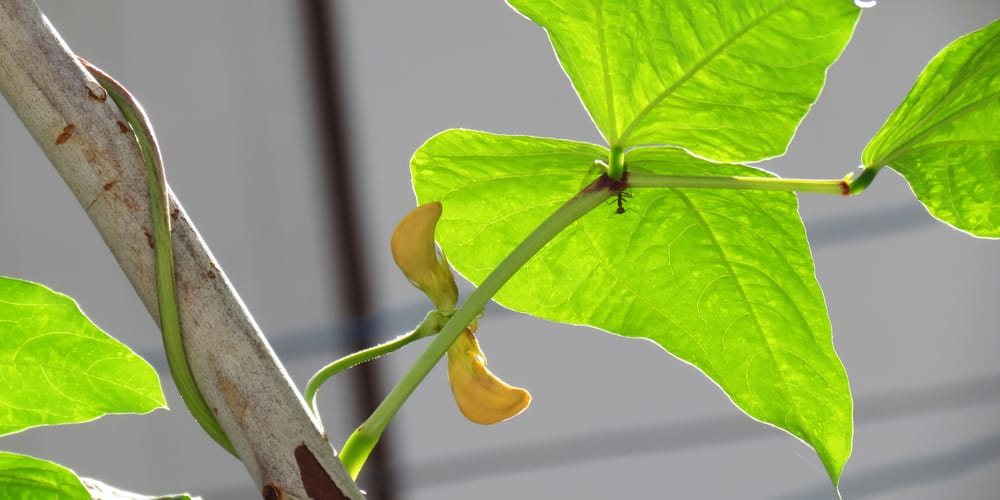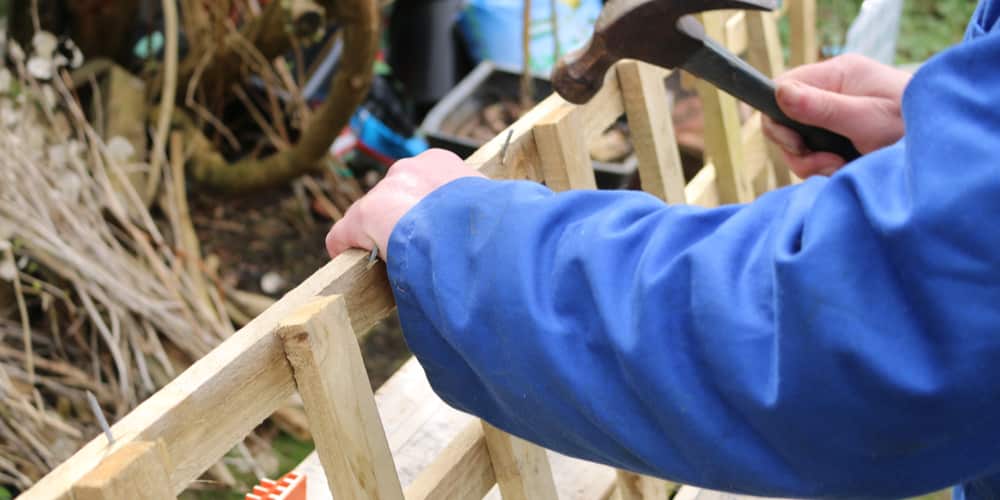Cowpeas are wonderful crops to grow in your yard or garden. Aside from providing heaps of green in landscape aspects, the leaves and peas themselves can be cooked in many different ways. One of the questions to ask when growing black-eyed peas is, ‘do cowpeas need a trellis?’
Do Black Cowpeas Need a Trellis?

Cowpeas are known by different names, including Southern Pea, Black Eyed Peas, and Field Pea. They’re a common legume that can grow practically anywhere in the world. It’s worth noting that black-eyed peas are not peas per se, but rather a kind of bean.
Generally speaking, cowpeas come in either bush variety or the vining variety. The bush types appear like shrubs and have multiple stems, while the vining kind produces tendrils, or stems that can climb up a vertical structure.
To answer the question, cowpeas can grow without a trellis, and the plant won’t experience any adverse effects if you don’t put up a vertical support. However, the legume tends to spread out vigorously, and if it finds a fence, wall, or even a stick you can be sure that the plant will try to climb it.
You can save on space when growing cowpeas by installing stakes or trellises. Training the legume to grow upwards is not too difficult, and the plants will usually do it themselves.
How to Grow Cowpeas on a Trellis
Most cowpea varieties tend to max out at a height of four feet (or 48 inches), and for this, you can build a trellis of around five or six feet. Alternatively, you can try other vertical structures in order to get the legume plant to climb up and off the ground.
Since cowpeas are quick to grow you will need to install the trellis as soon as the seeds have been planted. The best location in your yard or garden for cowpeas is one that gets full sun or partial shade. Black-eyed peas can grow in zones 5 through 11 and will produce leaves and beans faster when there’s more light.
Start by tilling the soil and amending it with organic compost, then creating ridges where the seeds will be sown. Remember to observe a space of two inches apart and 3 feet apart when planting in rows. Once the seeds sprout you can thin the rest and get a four-inch spacing in-between.
It’s important that you keep the soil moist throughout the growing stage to reduce drought stress. Do not water cowpeas overhead to prevent foliar diseases. In addition, you can add a layer of mulch to retain moisture during the summer and hot days. As far as fertilization is concerned, the legume does not need any. In fact, cowpea is one of the few that actually enriches the soil with nitrogen and essential plant nutrients.
Should You Grow Cowpeas on a Trellis?
Although it’s not required, you can set up a trellis or stake for your cowpeas so they will have something to climb on. Along the way, you can get the following advantages.
Add a Vertical Backdrop or Interest
Cowpeas growing in a vertical manner can be added to backdrops and for lush greenery in any space. Since the legume plant is fast-growing it can also be used as a sort of privacy screen or hedge when you train it upwards.
Harvest without Bending Down or Crouching
Harvesting black eyed peas can put a strain on your legs and knees, especially if it’s sizable. The more cowpeas you intend to grow, the more it’s recommended that you set up a trellis or stake the plants up. Since the plant only reaches a height of four feet you won’t have to use a ladder or step stool to get to the beans.
Looks Neater
Vertical cowpea growth is more appealing, visual-wise, compared to letting them spread out on the ground. The upward leaves and peas are more visible, and lush growth equates to a pleasing aesthetic in your garden or yard.
Keeps Pests and Animals Away
Vegetable-loving insects and animals will have a harder time getting to the cowpeas come harvest time. Elevating the cowpeas off the ground reduces the risk of overhead watering as well, and you’ll have more and better-quality legumes and vegetables.
Related Article: Does Squash Need a Trellis?
